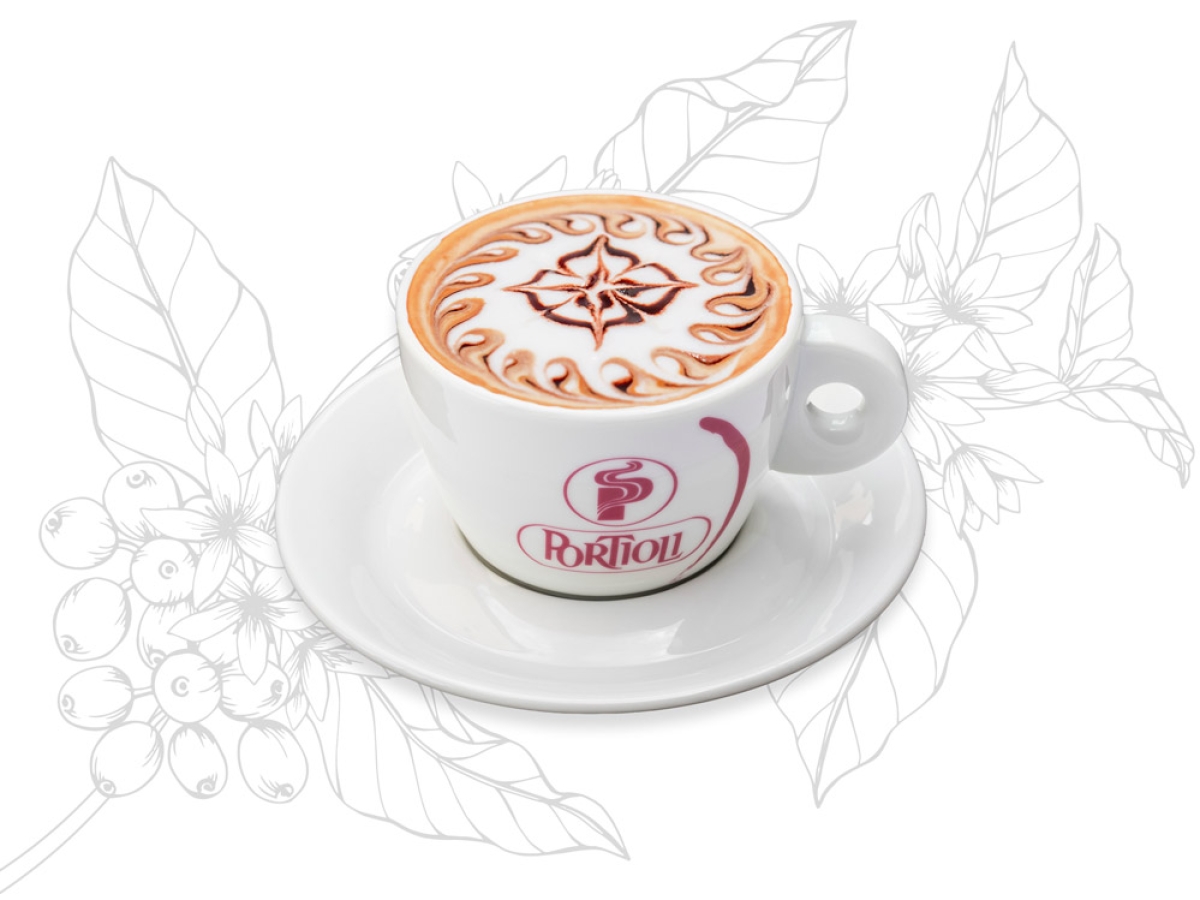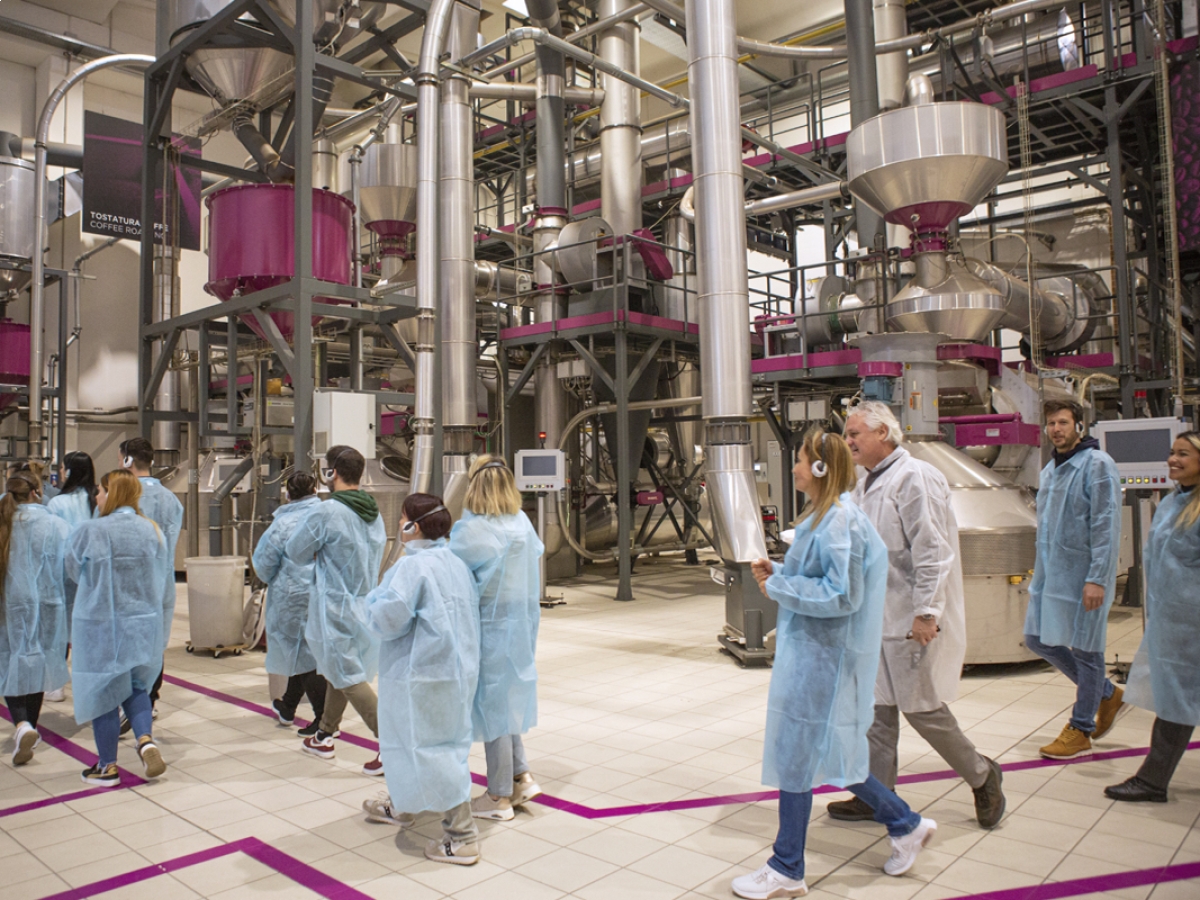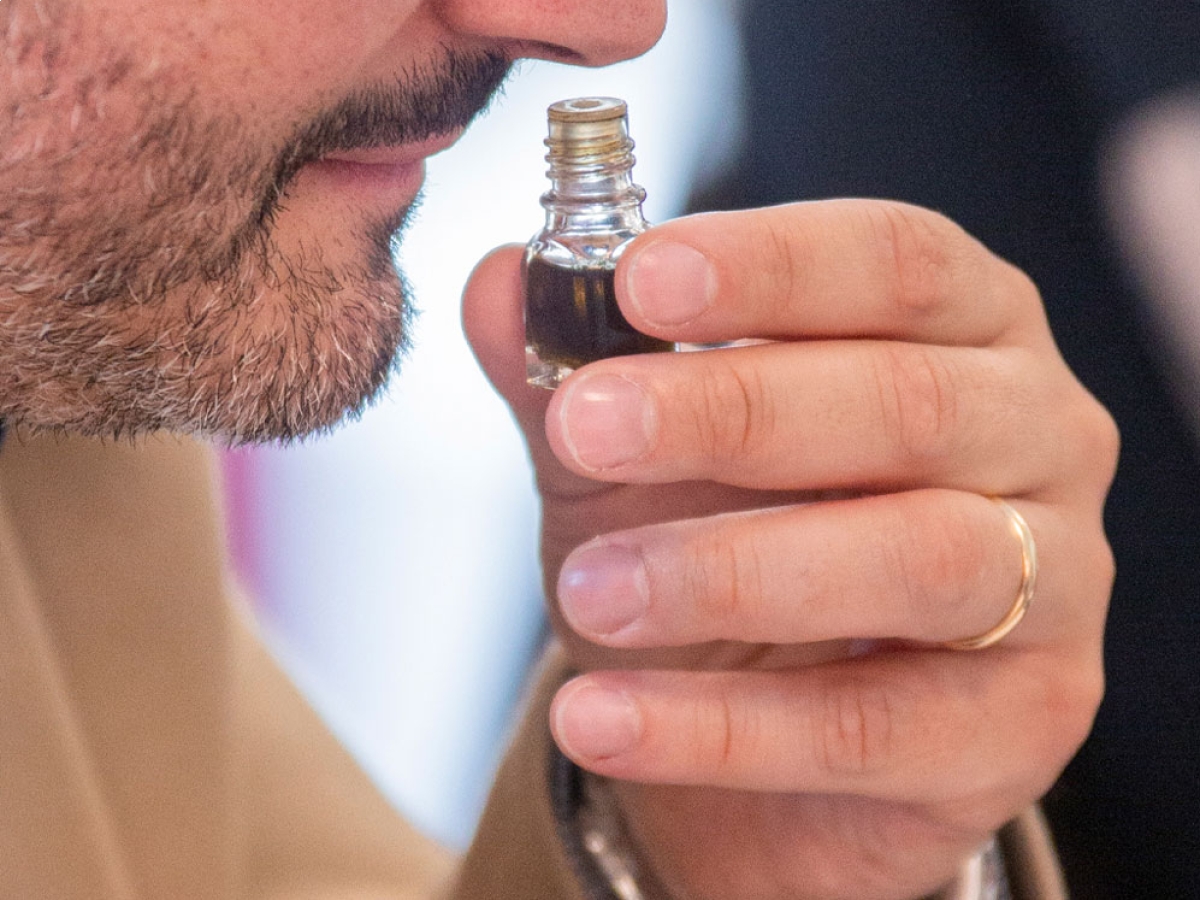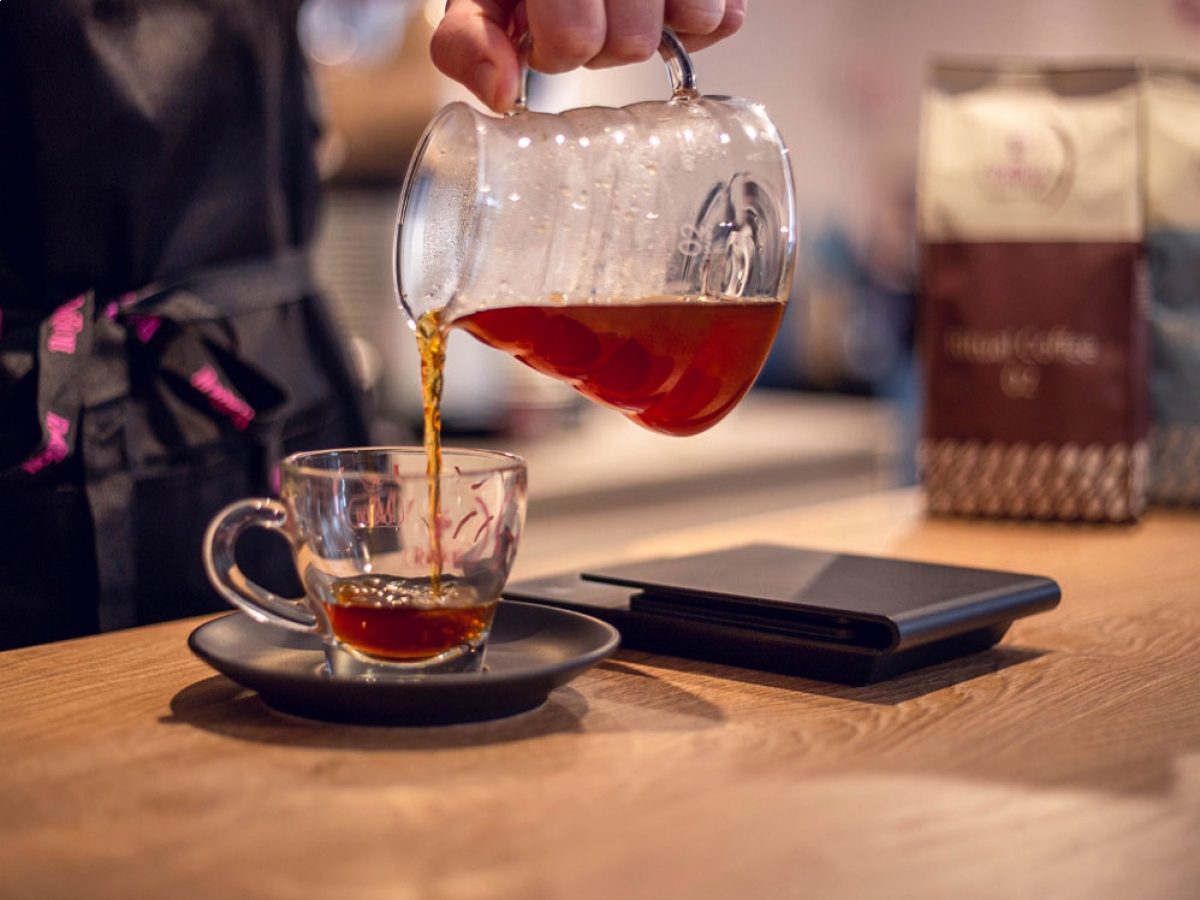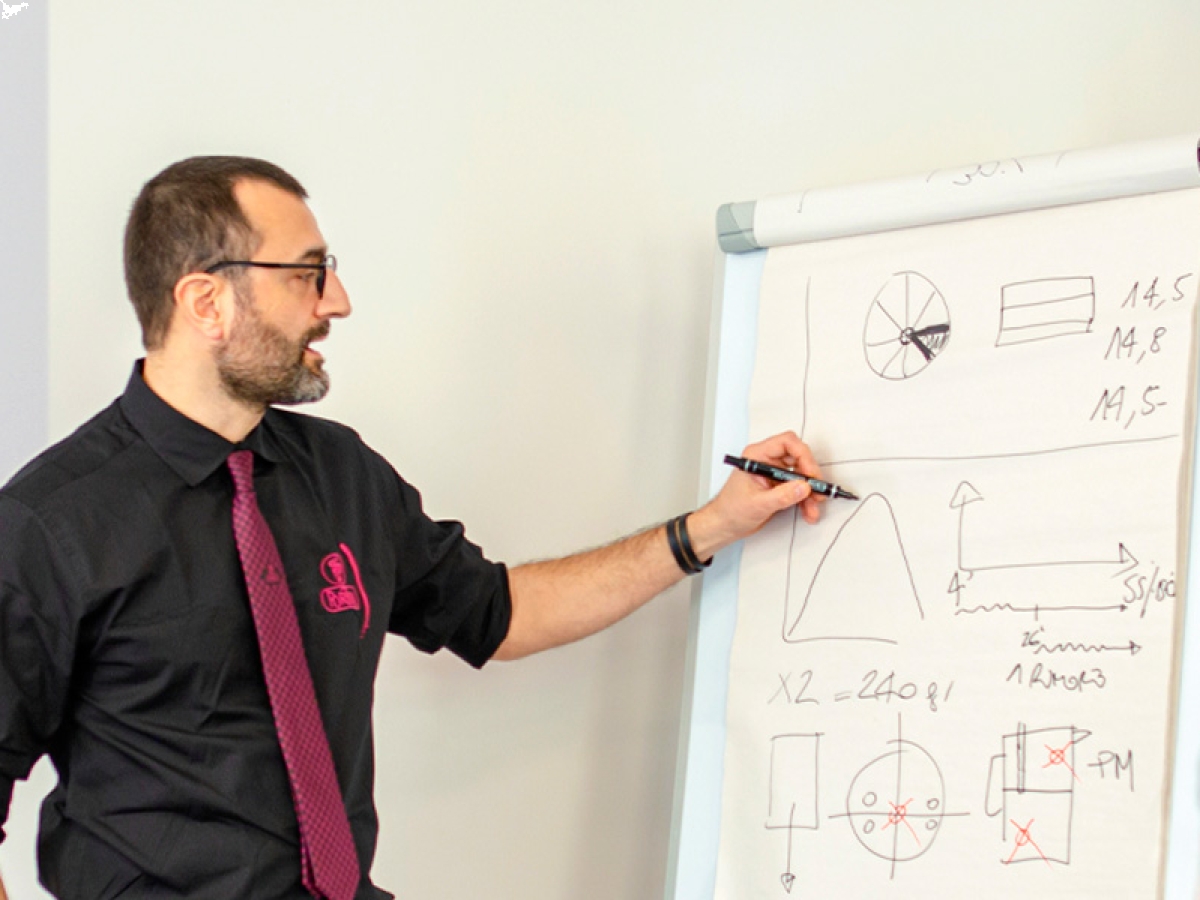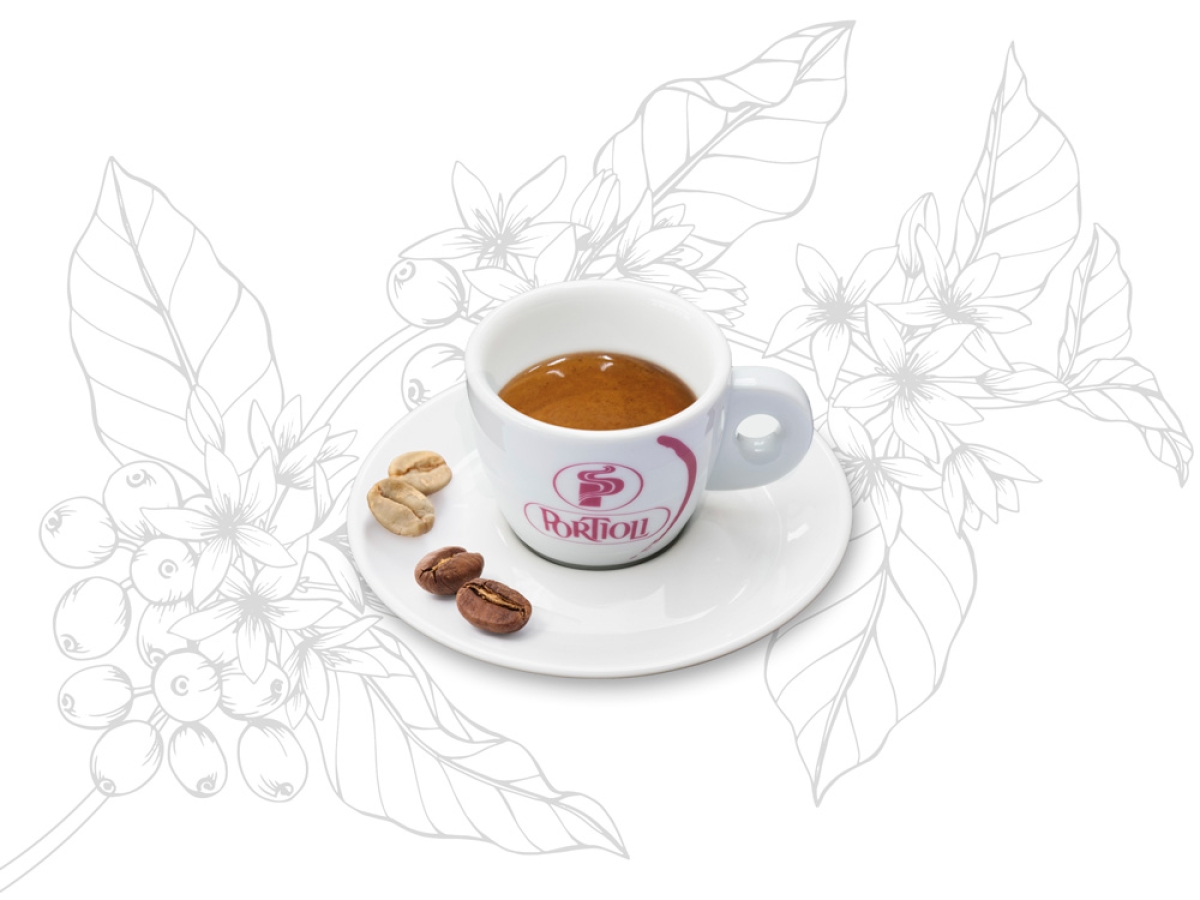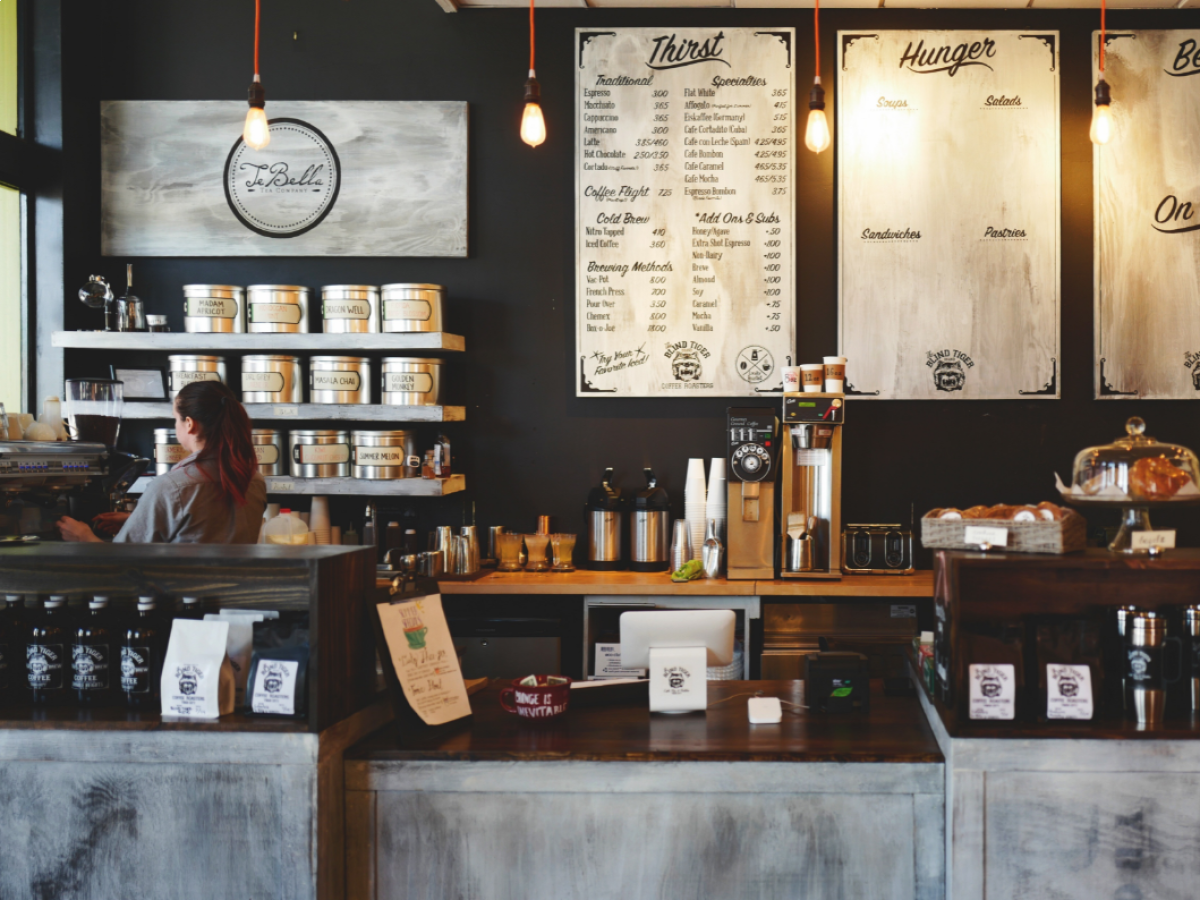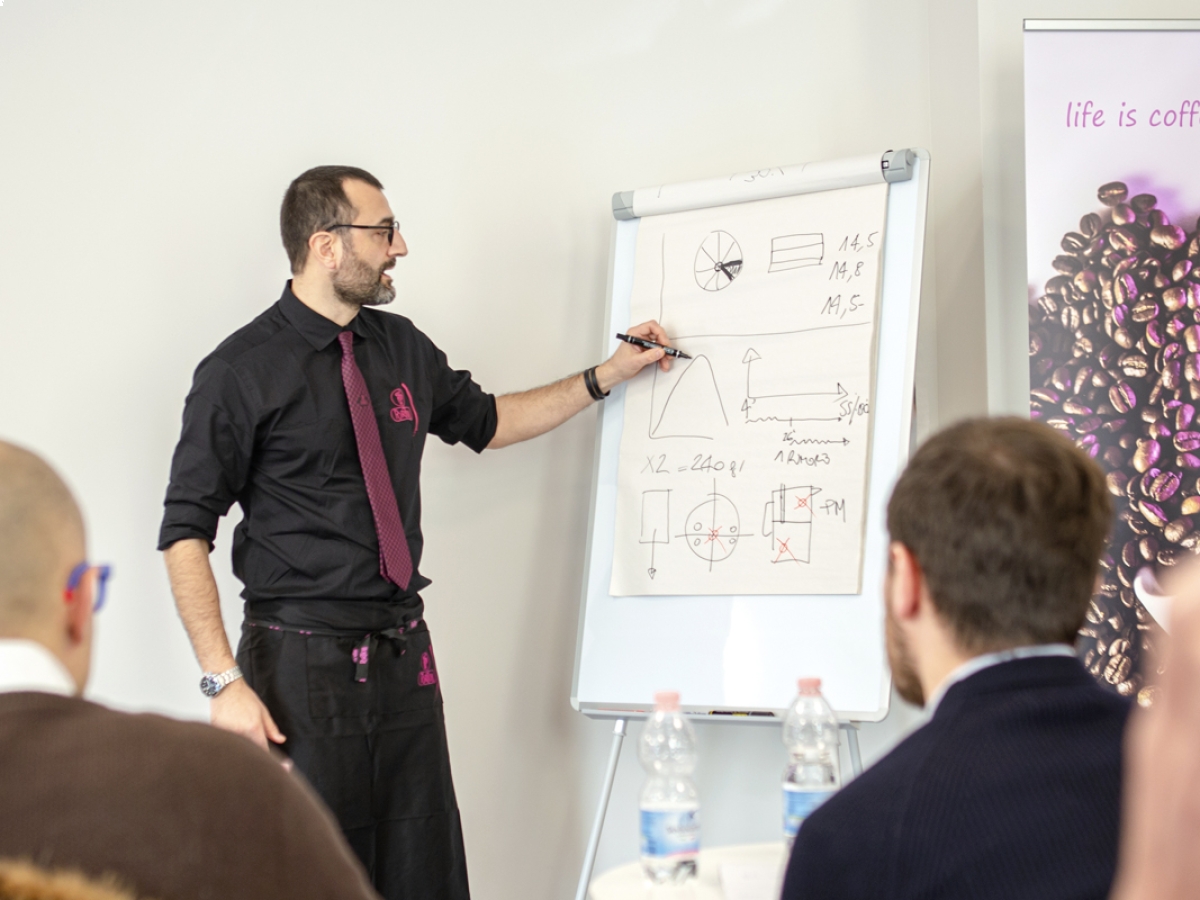
Portioli Academy is aimed at shopkeepers and coffee shop owners, but also at Coffee Lovers to offer a working method and knowledge of coffee that allows them to start from the best bean to prepare the perfect cup. Thanks to Portioli Academy courses, people build their own useful and practical professional path to learn about coffee and prepare it at its best.
The advanced training offered by Portioli roasting company allows to immediately put into practice the concepts learned in the classroom and apply them to daily life or work reality. In this way, industry professionals and true coffee lovers can grow both personally and professionally.
History of Coffee
The first thing one learns at Portioli Academy Course is the history of coffee. The first traces of coffee consumption date back to the region of Ethiopia, where local tribes used the fruits of the coffee tree to make energizing drinks. From here, knowledge of coffee spread throughout the Middle East, thanks to the spice trade.
Coffee began to be cultivated on a large scale from the 15th century, especially in the Yemen region, where its consumption was widespread. In the 16th century, thanks to Venetian traders, coffee began to reach Europe, where it soon became a popular beverage.
Over the centuries, coffee has played an important role in the history and culture of many countries. In Italy, for example, the tradition of espresso coffee began in Naples in the 19th century, while in France coffee played a key role in the era of literary cafes.
Today, coffee is a popular beverage all over the world, which is consumed in different forms and variations, from the classic cup of espresso to cappuccino, from American coffee to latte macchiato. Coffee is also one of the most globally traded products and is an important economic resource for many producing countries.
Botany - Hints
In addition to the history of coffee, The Portioly Academy provides the student with an overview of the botany and cultivation of the coffea plant.
Coffee is an evergreen plant in the Rubiaceae family, native to tropical Africa. There are two main species of coffee: Coffea arabica and Coffea robusta, both grown in various parts of the world.
Coffea arabica, also called "Arabica coffee," is the most widespread and valuable species. The Arabica coffee plant can reach a height of about 3-4 meters and is characterized by lanceolate leaves and white flowers. The fruits of Arabica coffee are round red or purple berries containing two flat seeds, each of which is the so-called "coffee bean."
Coffea robusta, also known as "coffee robusta," has a more robust and hardy form than the Arabica one. The Robusta coffee plant can reach a height of about 10-12 meters and is characterized by broad leaves and white flowers. The fruits of Robusta coffee are brown or yellow oval berries containing two round seeds.
Both coffee species require a warm and humid climate to grow and thrive. Coffee cultivation is an activity that requires a great deal of care and attention, since the quality of the beverage depends largely on the quality of the seeds together with the cultivation and processing techniques.
Coffee harvesting and processing
The harvesting and processing of coffee are crucial steps in the production of the beverage, which greatly influence its quality.
The two main methods of coffee harvesting and processing are:
1. Stripping or dry processing
2. Picking or wet processing
In the wet method (or picking)
Farmers go through the plantation several times, picking only the ripe berries. Immediately after picking, the beans undergo a stripping process by passing through machinery that, using a continuous flow of water, cuts through the skin and pulp, freeing the beans.
The next step is the washing of the beans. The coffee still in parchment is spread out to dry in the sun.
In the dry method (or Stripping)
Method that involves picking all the fruit present once, when the degree of ripeness is average on all the plants.
Then the cherries are spread out to dry in the sun for about 1 month. Once dried, they will then be hulled to obtain the kernels.
The next stage is riddling, during which the kernels are separated according to their size.
Once the harvesting and processing stages are completed, the raw coffee beans arrive at the roasting plant where they are roasted by single origin in order to give them their characteristic aroma and taste.
Finally, the roasted coffee beans are packaged in different formats depending on the final extraction method.
If you really want to discover everything about the world of coffee, the invitation is to enrol in the Portioli Academy Courses: you will deepen your knowledge of this plant and discover how to obtain the perfect cup of espresso from the best beans.
Related articles
Portioli Express
Home and office shopping
Experience authentic Italian espresso right at home with our premium blends in a variety of formats.
Go to the shop










